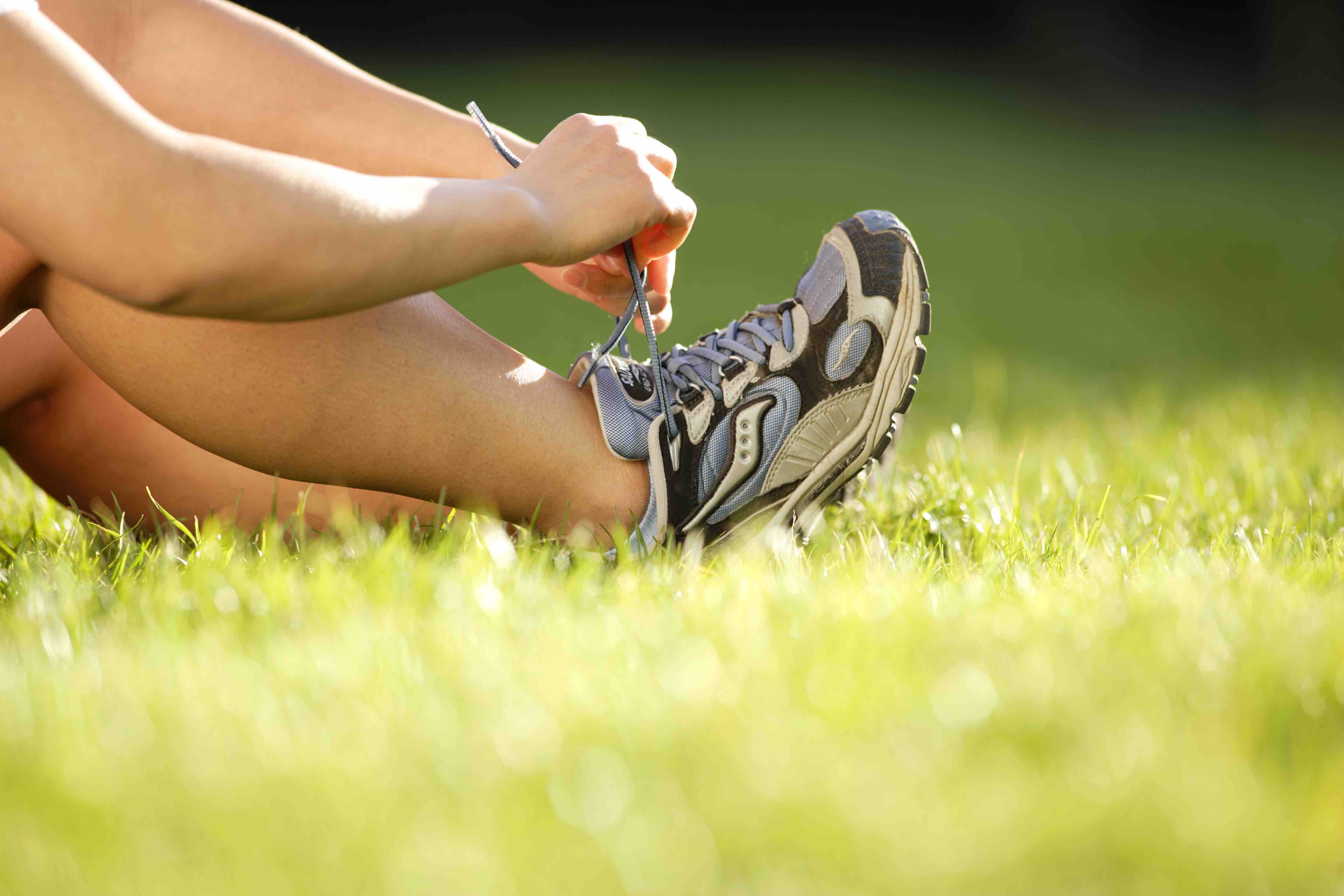
With the new school year approaching, is your star athlete ready to hit the field? Bowling, cheerleading, cross country, football, and girls volleyball typically start in the fall.
Keeping up with strength training and conditioning during the summer months makes it much easier for athletes to perform at their best, and makes them less prone to injury once they resume fall sports. Look for fun ways for your athlete to stay active, while making sure they get at least 60 minutes of daily exercise, such as bike riding, swimming, surfing, or playing pick-up sports.
Take the following steps to make sure your child is well prepared for a successful season.
Stay on top of lingering injuries
Once they resume fall training, your child may find old injuries flaring up. If your child has any lingering pain or other issues, it’s best to get them checked out before the season starts. Talk with your child’s pediatrician or sports medicine doctor about how to treat chronic minor pain, ask about braces or supports that could help your child train safely, and what to do if the injury gets worse. If your child is one to minimize their symptoms to get more time on the playing field, establish rules and encourage them to be honest about their health and safety to avoid long-term injury.
Know common injury signs
Depending on your child’s sport, they may be more susceptible to certain injuries due to overtraining, repetitive motion, or physical impact. Educate yourself on some of the symptoms of common injuries such as shin splints in runners, tennis elbow, pulled muscles, and ankle sprains, and watch for telltale signs such as limping or favoring one side over another. Be especially vigilant in spotting symptoms of concussion after a blow to the head: headaches, blurred or double vision, dizziness, memory problems, confusion, or any loss of consciousness. Make sure your child sees a doctor if he or she experiences any lasting pain or limited function due to injury.
Get into a healthy routine
The summer months usually mean a shake-up in normal activities. However, maintaining a healthy diet, consistent sleep schedule and an appropriate amount of physical activity are exactly what young athletes need to stay in peak condition. Now is also a good time to plan healthy snacks and meals with your child to make sure they will get enough fuel once classes and extracurricular activities resume. Get them a reusable water bottle for the school year and encourage them to stay hydrated. Evaluate your child’s school year schedule and help them balance school, sports, and extracurricular activities.
Learn more at kp.org/sportsmedicine/hi and above all, encourage your child to have fun and stay healthy this fall season!